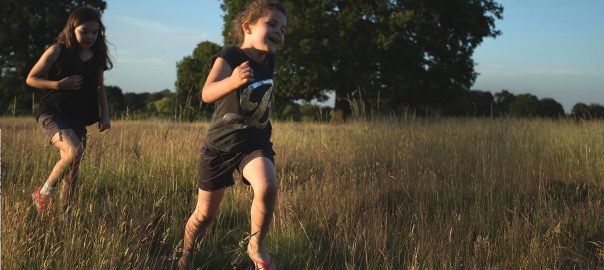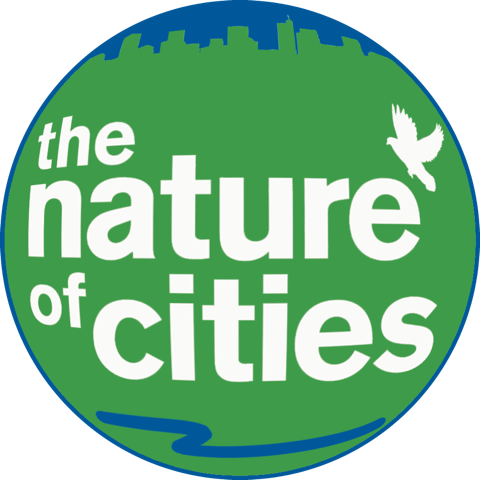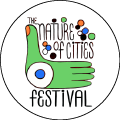22 October 2017

Increasingly, urban nature is viewed not only as a scientific, technological or design issue, but a moral one. The recent TNOC roundtable “Ecosystems for everyone” rested on the assumption that provision of and access to ecosystem services and urban nature is a “moral imperative”. Indeed, Steward Pickett began his contribution...
18 October 2017
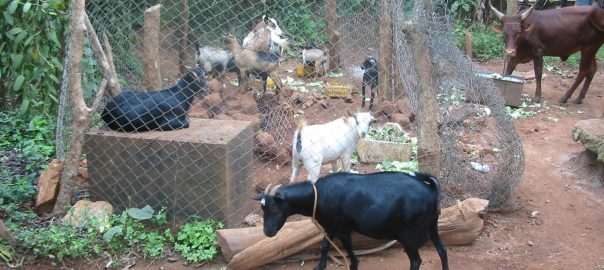
The impacts associated with city functions, economic, environmental, mobility, extend well beyond their administrative boundaries. But the contemporary and dominant frameworks and systems for managing cities have always determined what activity is allowable, where, and how the infrastructure and any developments pertaining to the function would be developed. Thus, functionality of...
15 October 2017
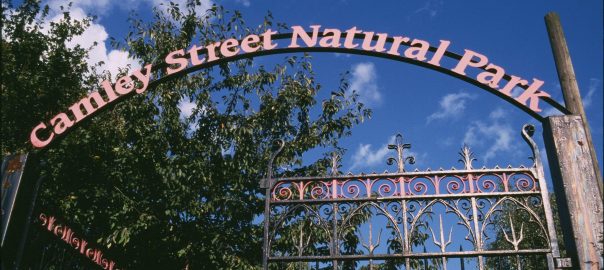
Looking back over 50 years working as an ecologist some things stand out as real success stories. Camley Street Natural Park in London is one of these. On the day that I started work as Senior Ecologist at the Greater London Council (GLC) in 1982 I learnt that the Council...
11 October 2017
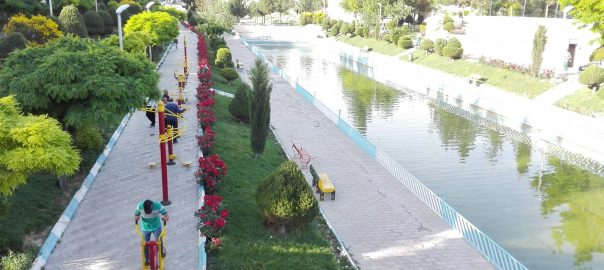
We walk through Mashhad, Iran, and start giggling like children. “Look how clean everything is! There are trash bins, and parks with good exercise equipment, and wide sidewalks you can actually walk on without being sideswiped by motos, rickshaws, bicycles and cows! Oh, how nice… they painted the park benches!...
8 October 2017

Worldwide, cities are grappling with aging infrastructure, shifting populations, and changing weather patterns, necessitating the use and expansion of green space in equitable and creative ways. Many are embracing a transition from the sanitary city—comprised of siloed functions and grey infrastructure—to the sustainable city—comprised of regenerative and distributed systems that...
4 October 2017
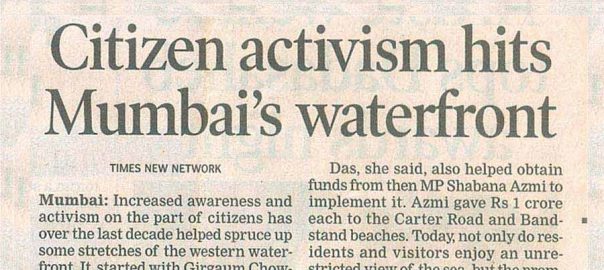
Broken and disparate urban landscapes are common experience. The multitude of issues and concerns that are causing such conditions are not new; neither are responses of those who are committed to ideas of sustainability. Yet, discussions of the causes and responses have to be repeated many times over, in order...
1 October 2017
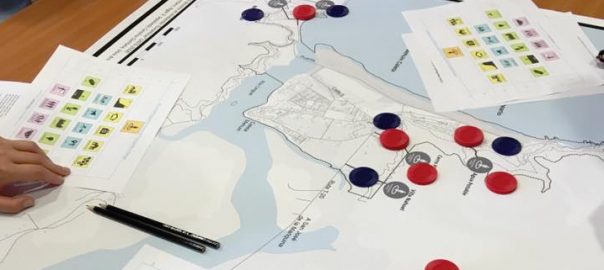
To plan resilient cities is a complex task. It involves making decisions that involve the built, social, economic, and environmental development of a territory, including unexpected changes, such as those caused by extreme natural events. The effects of earthquakes, tsunamis, volcanic eruptions and fires, among other disturbances, need to be...
27 September 2017
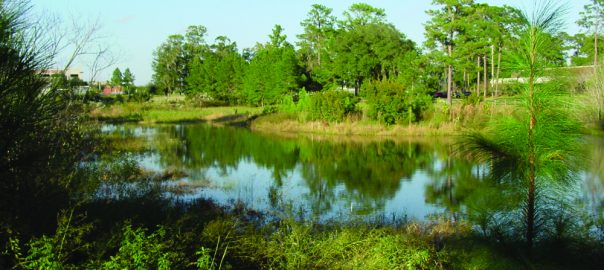
This is a tale of an experience I had in Alachua County, Florida. The challenge? How can we encourage the construction of more natural stormwater ponds, which offer more wildlife habitat and more efficient ways to remove pollutants? We have all seen conventional stormwater ponds—deeply dug ponds, with mowed turfgrass...
24 September 2017

Most of the narratives on the crises of development are woven around rapid population growth in developing countries. Yes. The number of world citizens is over seven billion. The challenges that this number raises far exceeds national and intergovernmental agencies’ abilities to address them. Rapid urbanization is but one of...
20 September 2017

Urbanization not only changes the landscape structure due to land cover change, fragmentation of natural habitats, and creation of artificial habitats, it also changes the physical patterns of the environment: temperature, wind currents, rain patterns, light levels, or noise levels. For example, urbanization increases average temperature by between 3°C and...
17 September 2017

(Una versión en español, aqui.) In pondering the question: “Who should have access to the countless benefits and services that urban ecosystems provide?” We have put together a collection of eight first-person accounts that portray city dwellers’ dreams. This series of Sketches of life explores both individual and collective human...
13 September 2017
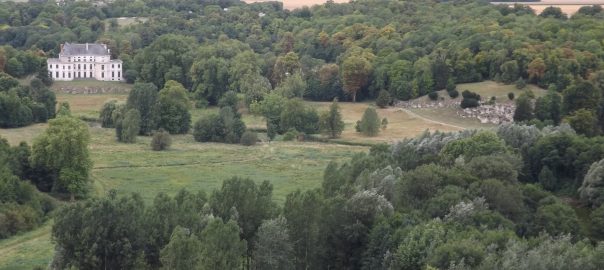
The first time I visited the Méréville Estate and its Anglo-Chinese garden, created south of Paris at the end of the 18th century, I was struck by the interlinking of nature and culture in this amazing place. This National Heritage Site is the work of the Marquis de Laborde, who...
10 September 2017

The food system is not as evident as other aspects of urban development. However, it involves many aspects of cities, such as mobility and transportation, commerce, land use, waste management, and, of course, food security. The food system refers to processes that begin with agricultural production and continues with the...
6 September 2017
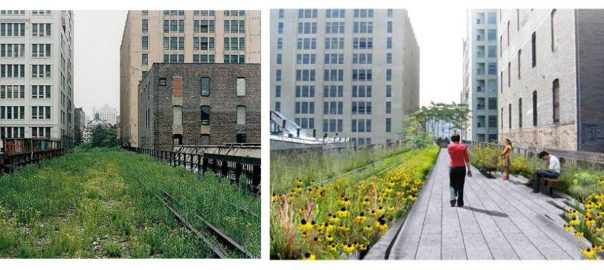
Volunteers. Exotics. Aliens. Weeds. Whatever happens to be your preferred nomenclature when describing the existence and behavior of spontaneous vegetation, it’s clear that many biases abound. We pluck, poison and mulch our landscapes to keep these decidedly untidy forces at bay. Yet have we also effectively mulched our mindsets? Have we...
3 September 2017
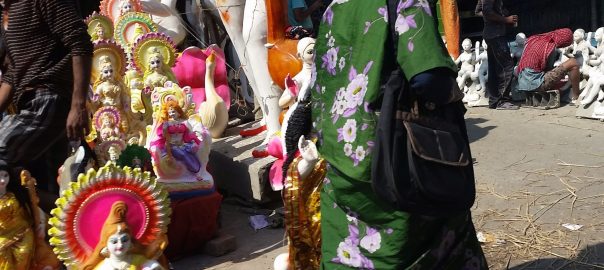
In August 2017, I spent three days at the very stimulating Resilience 2017 conference, listening to conversations between nearly a thousand attendees—students, scholars, practitioners, musicians and artists—interested in understanding how we can craft a more resilient and sustainable earth system, one that keeps its people and its ecology in good...
30 August 2017
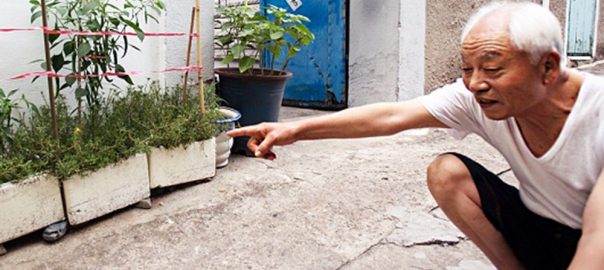
More than a century ago, urbanist Ebenezer Howard invented the concept of a “garden city”—a city with a bustling urban core, fanning out into green neighborhoods, and then farther out into farmland, all of it theoretically connected in a semi-closed sustainable cycle. As a kid growing up in San Jose,...
27 August 2017
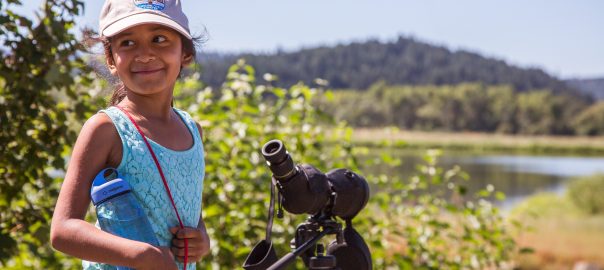
It’s a beautiful spring day as I sit on the bank of Fanno Creek watching a family of wood ducks motor across the glassy surface of a three-acre beaver pond. A Blue Heron stands in the backwater finding nourishment from the juvenile fish hiding among the willows while a pond...
23 August 2017

Donald J. Trump’s administration has been very obliging in providing content for environmentalist outrage, never in short supply. In a bit more than six months, Mr. Trump put an anti-EPA litigator in charge of the United States Environmental Projection Agency, sanctioned hunting of bears and wolves in Alaskan wildlife refuges,...
20 August 2017
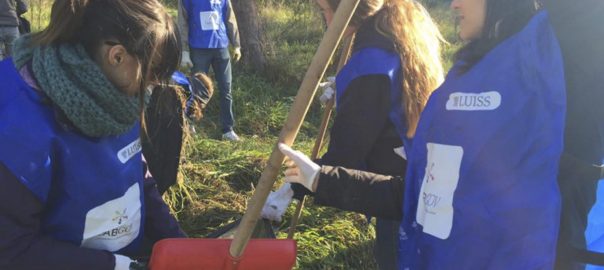
Elinor Ostrom’s groundbreaking research established that it is possible to collaboratively manage common pool resources, or commons, for economic and environmental sustainability. She identified the conditions or principles which increase the likelihood of long-term, collective governance of shared resources. Although these principles have been widely studied and applied to a...
16 August 2017

Leia uma versão em português aqui. About fifteen years ago I fell in love with watersheds. Then, my passion extended to the forests and ecosystems that sustain them. Then, I discovered the urban waters and biodiversity, and consequently urban ecology, when I started researching on urban blue-green infrastructure and how...

